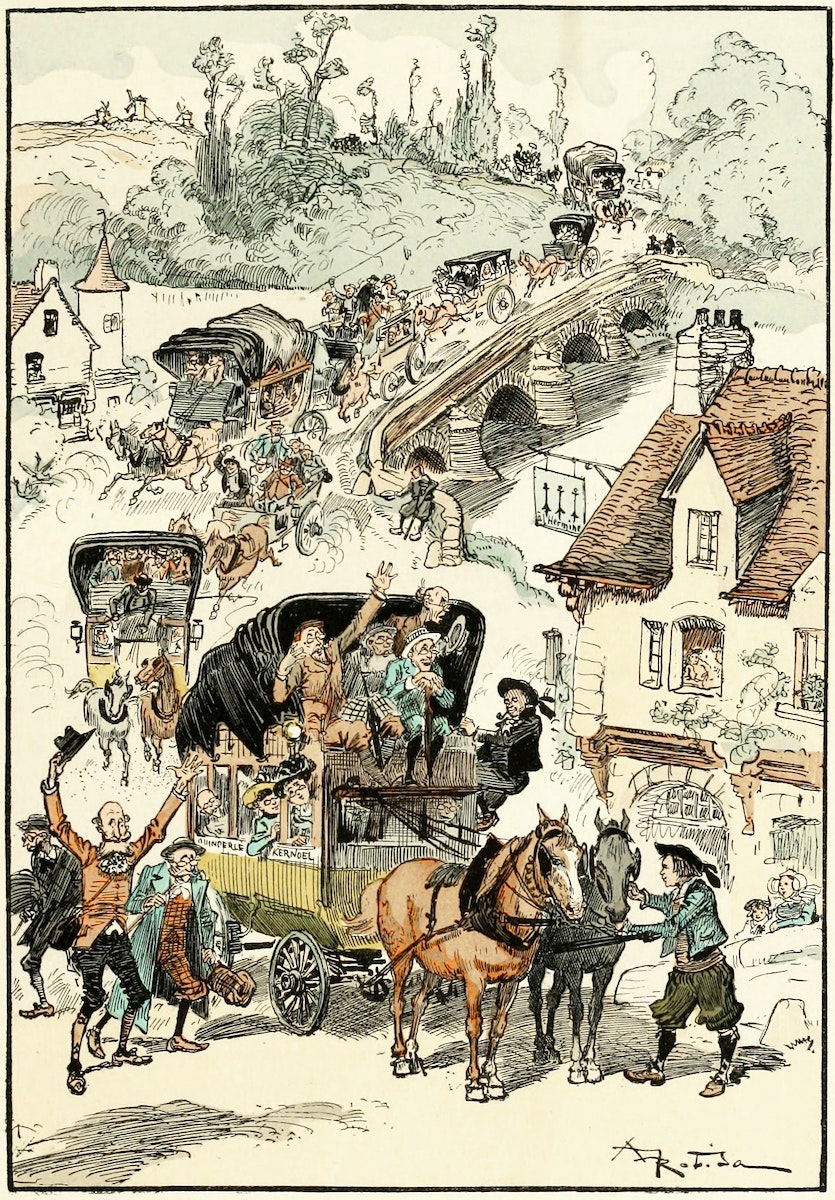The Future Imagined in Albert Robida’s “La vie électrique,” 1890
Electricity.

Who participated in the first video date? A good couple for candidacy in this regard are Georges Lorris and Estelle Lacombe, who meet via “téléphonoscope” in Albert Robida’s 1890 novel Le Vingtième siècle: la vie électrique in which he imagines “the electric life” of the future.
h/t: publicdomainreview
The old world’s dishonesty.

Adding a visual component to two recent technologies, the telephone (1876) and the phonograph (1877), this device lets scattered families in the year 1956 reunite around a virtual dinner table. For the lovebirds Lorris and Lacombe, the téléphonoscope facilitates their unapproved liaison in an immunologically fraught world. (And, for those without a beau, it also offers a service akin to on-demand streaming.)
The Sahara desert made into agricultural land after a climate overhaul.

This proto Zoom/Netflix hybrid is just one of several prescient predictions in Robida’s novel. Frictionless trains shoot through tubes, anticipating the Hyperloop, and doorknockers have been replaced with a “recording phonograph with photographic lens”, allowing residents to both screen visitors and take messages in the event of their absence: a smart doorbell before its time.
The Lauterbrunnen lighthouse.

The tubes (view from an aeronef at 700 meters).

Taking in the evening air.

From exam to exam.

A grand selection of ancestors . . . whose influence will dominate?

The engagement voyage.

Floating dungeons.

The charge of the bicyclists.

Some models from the air fleet.

A torpedo ambush.

The examination for a doctorate in Military Science.

A busy neighbourhood.
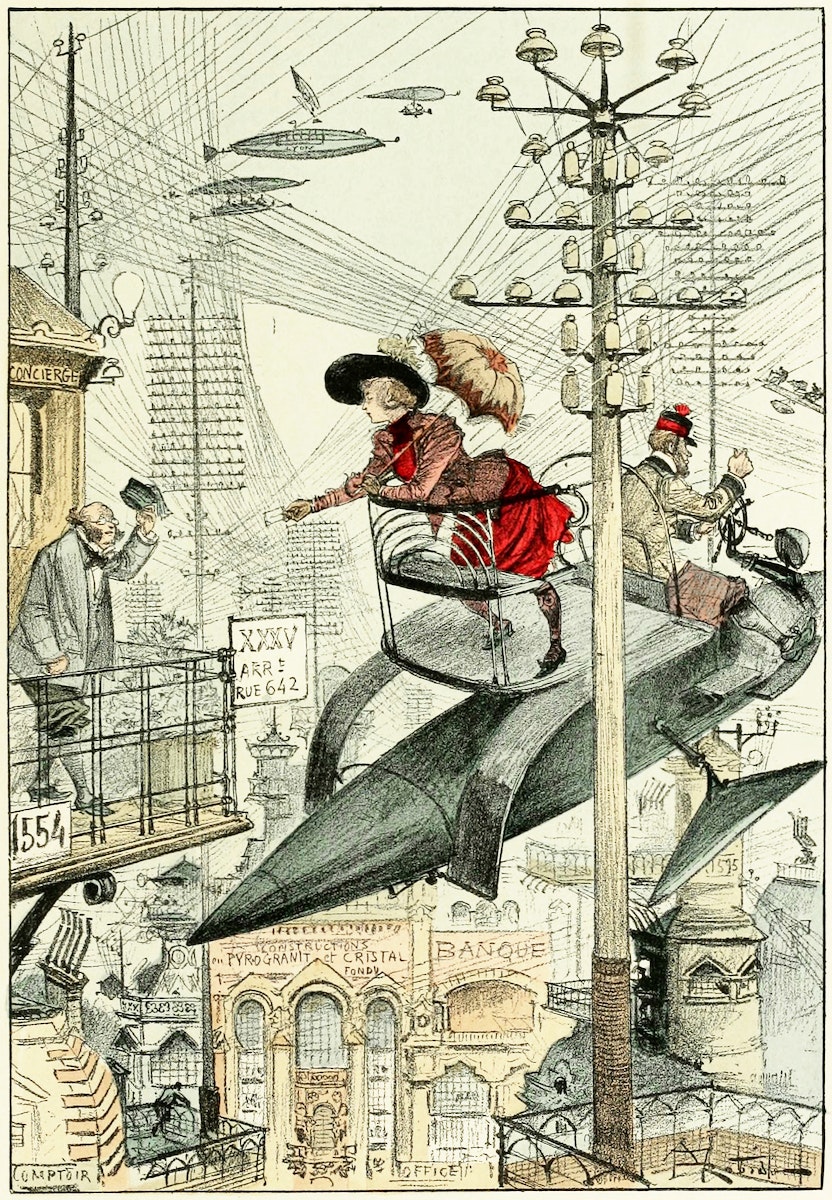
The old and the new.
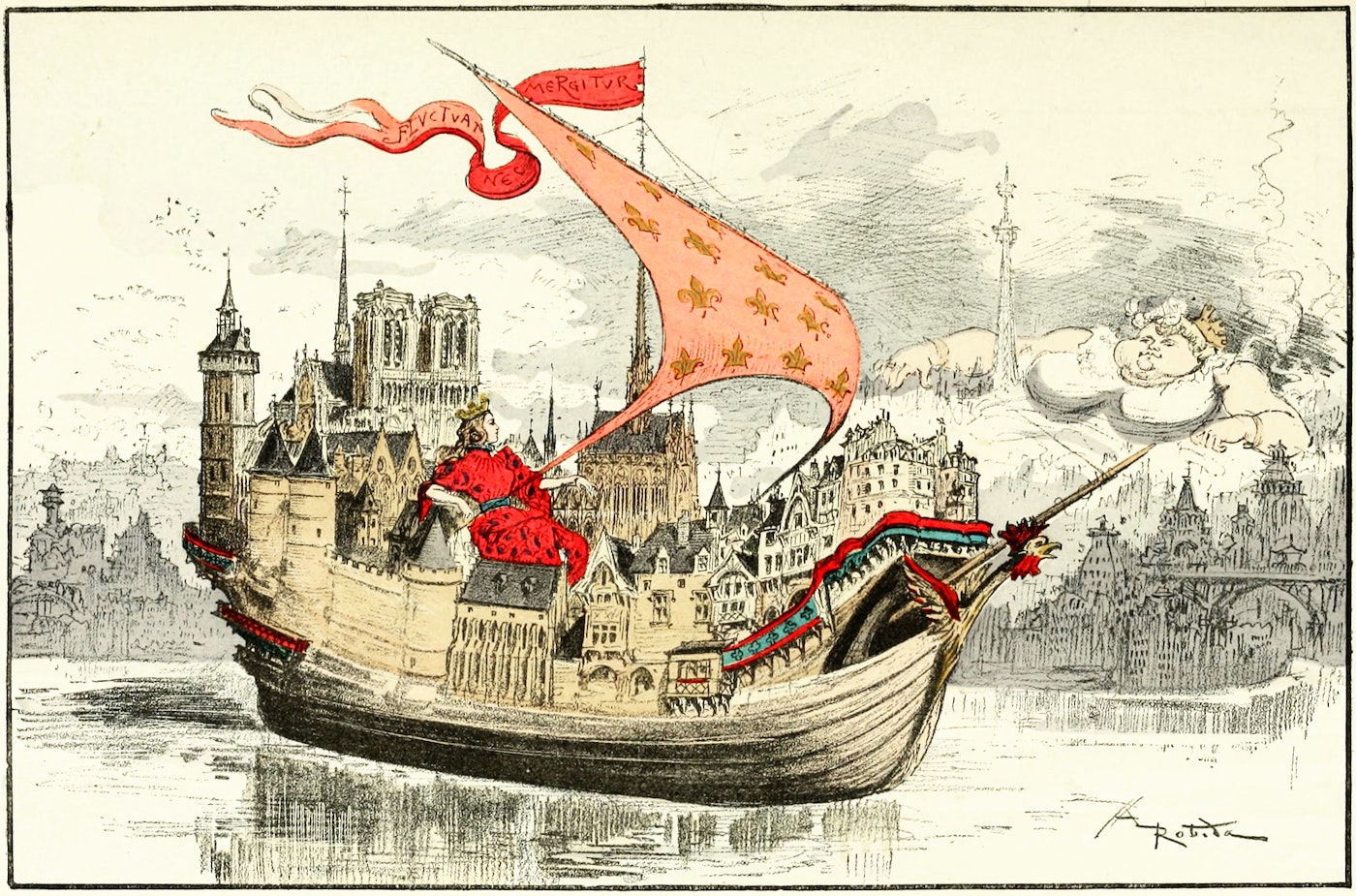
The physical decay of the overrefined.
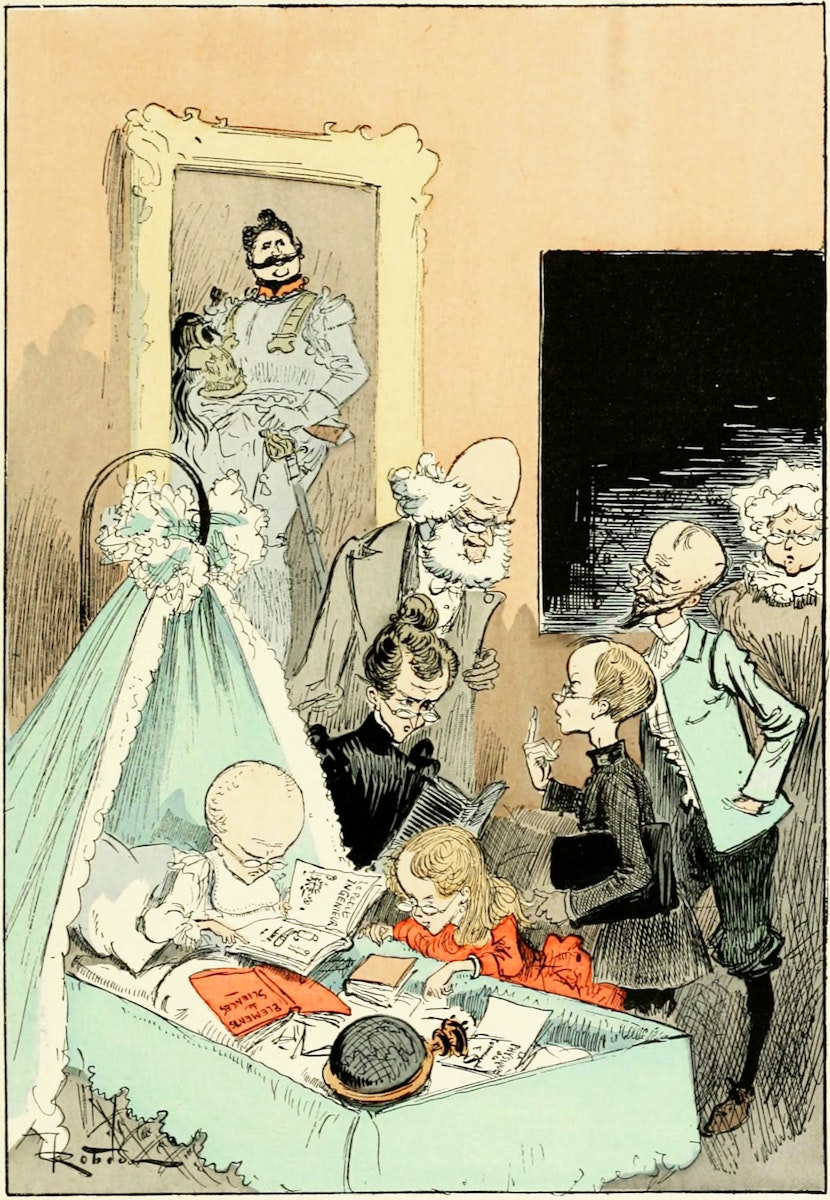
Our rivers and atmosphere — the multiplication of various pathogens, microbes, and bacteria.
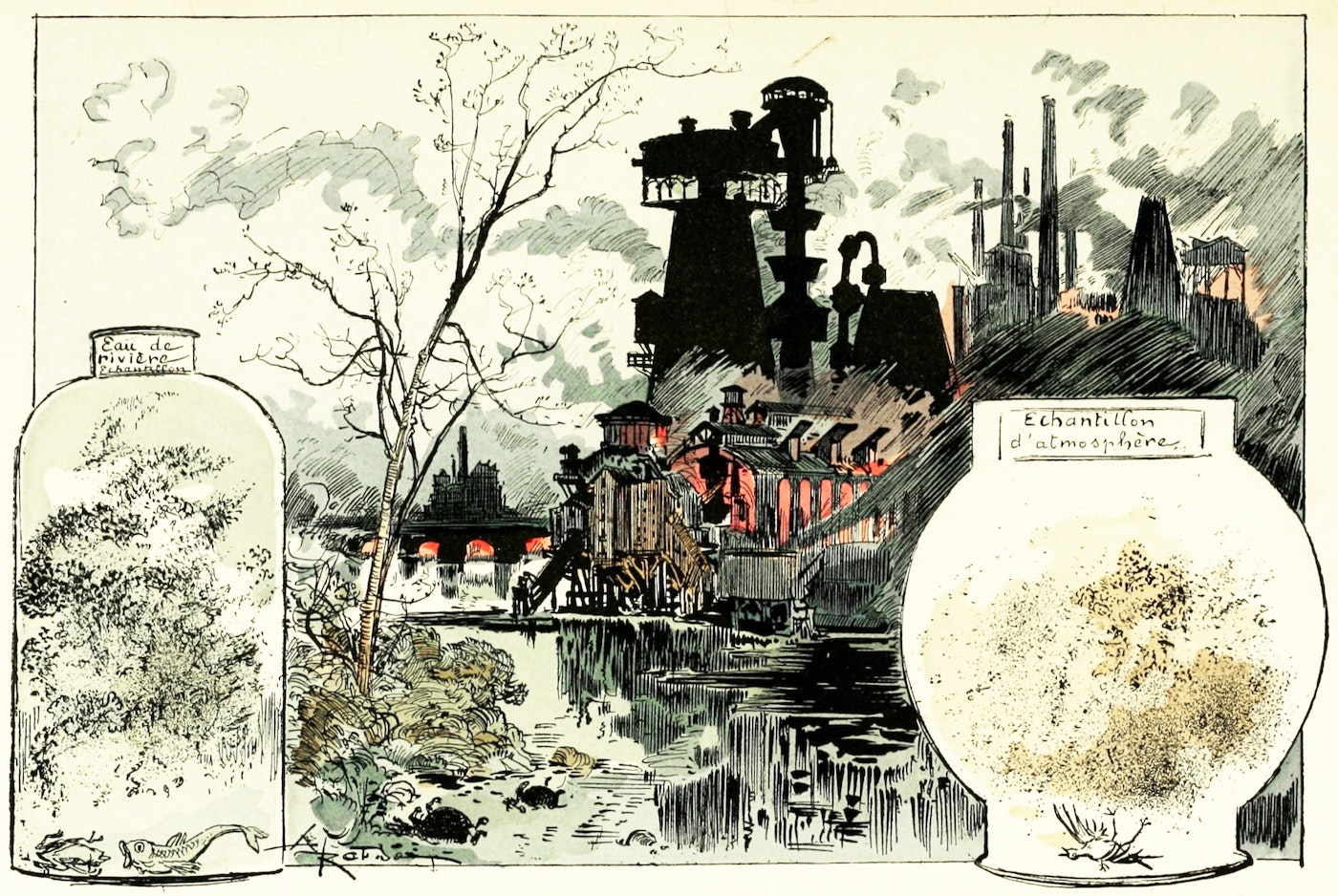
The sophisticated, poisonous chemistry.
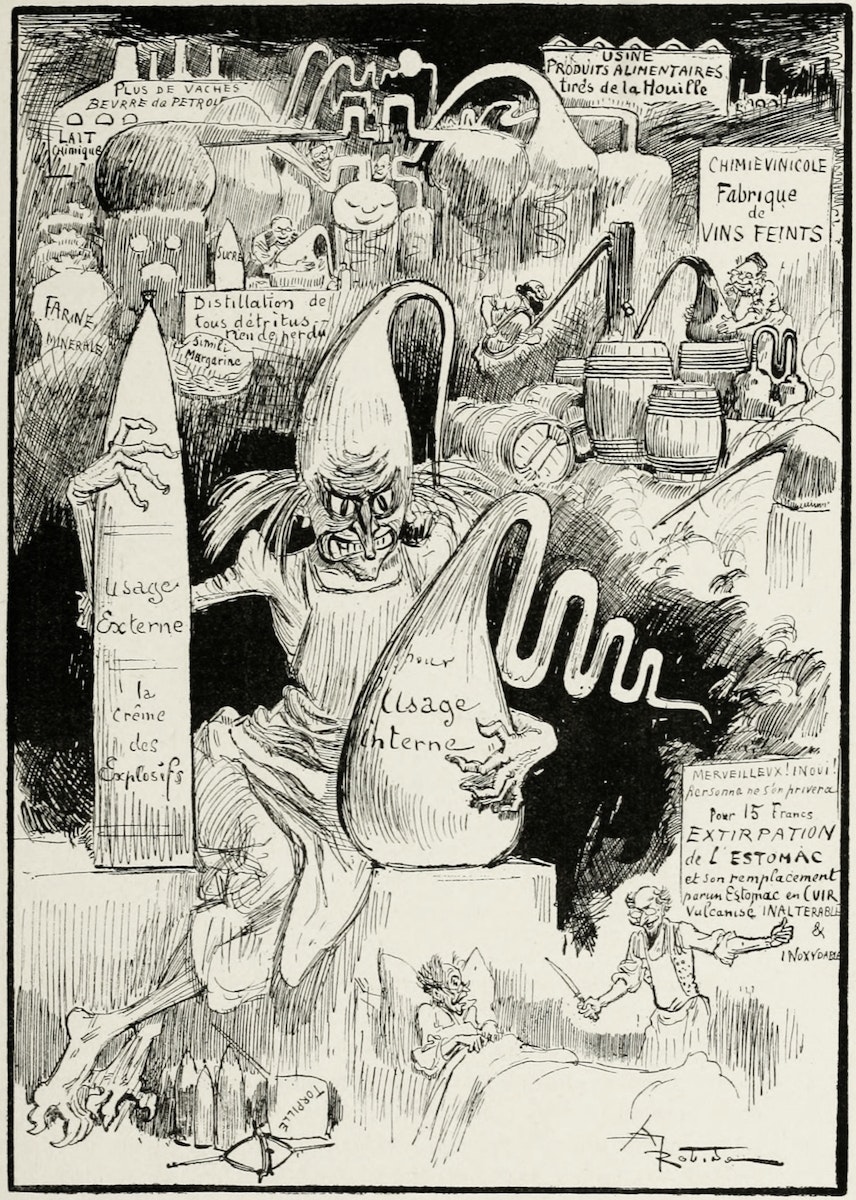
The dream of M. Arséne des Marettes.
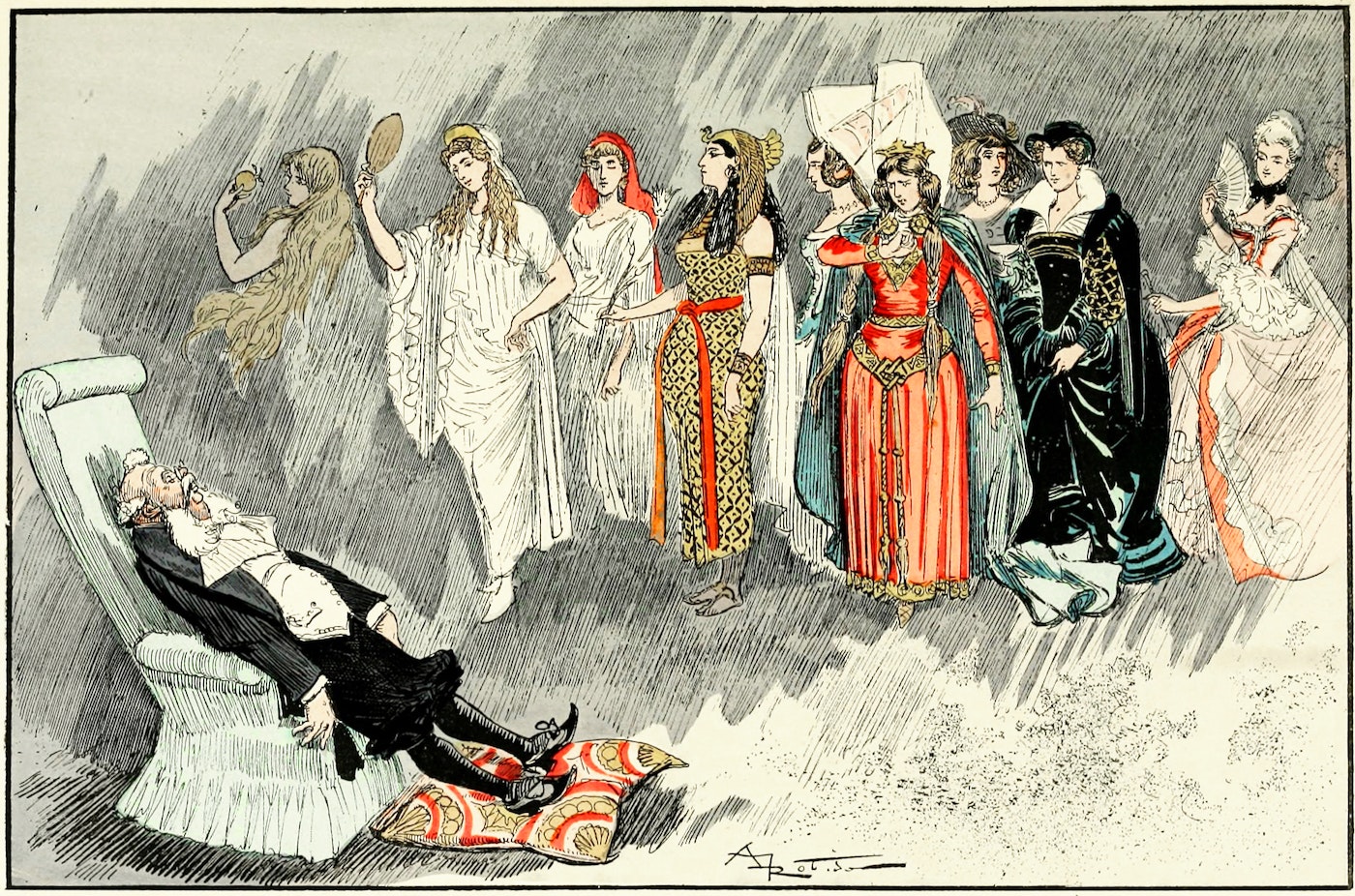
The miasmatic war.
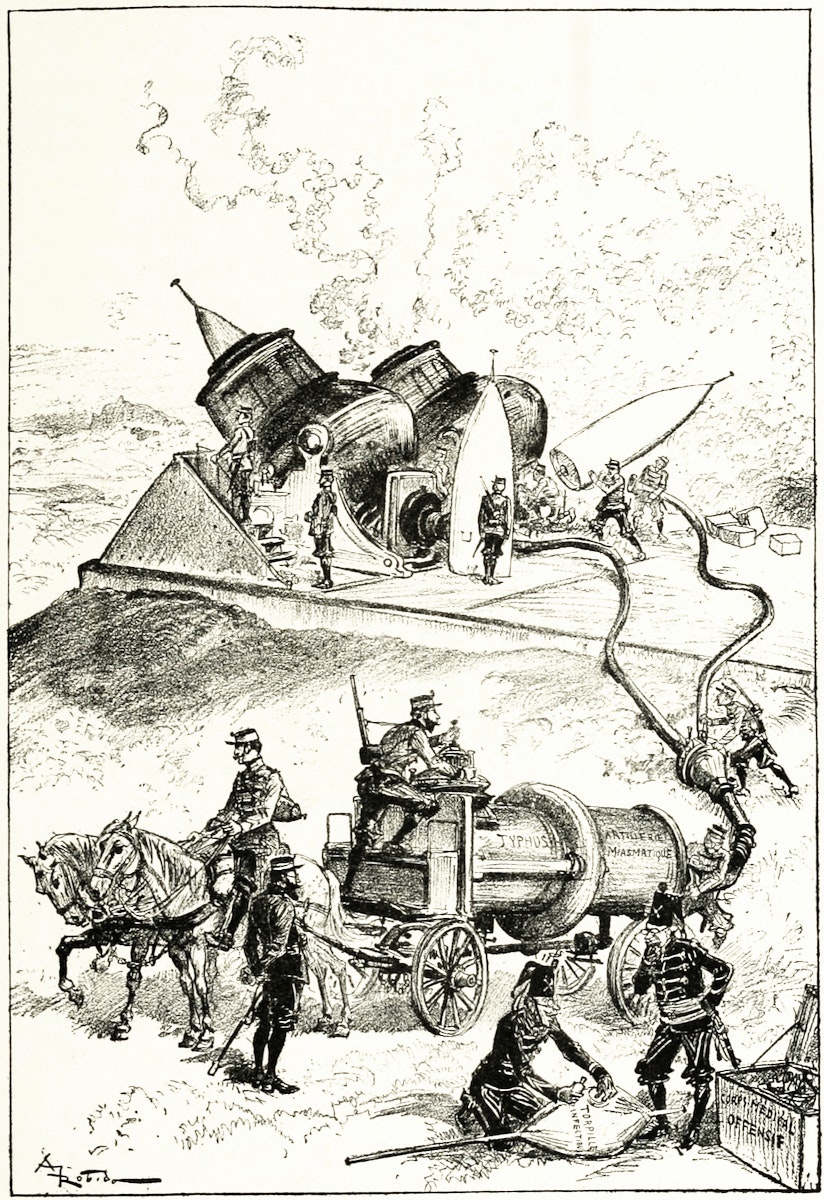
A national park.
